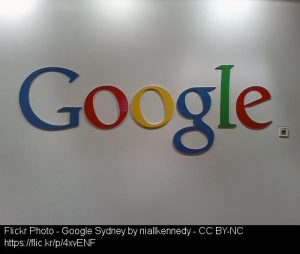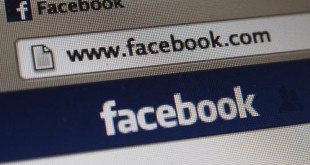By PETER LoPINTO

April Fools’ Day pranks go back hundreds of years, and modern companies have continued this tradition in a variety of ways. The first documented case of an April 1st practical joke in television was in 1957 by the BBC. They aired a 3-minute documentary covering the farming and harvesting of the fictional pasta plant, showing field workers cultivating a plant that produced pasta. Using a professional narrator that viewers were used to, and a serious documentary style, the BBC was able to convince people so fully that the broadcasting service was forced to issue a statement later that night explaining that the documentary was a hoax.
The first online April Fools’ prank was in 1984, when a programmer from Amsterdam convinced early Western internet adopters that the Soviet Union had hacked into their servers. This prank was also believed to be true, and many were concerned that the USSR’s presence in their online community posed a security threat. These fears eventually made their way to the Pentagon before the truth of the joke was finally revealed two weeks into April.
 People are not so easily fooled these days. It is very common for online companies to pull a tongue-in-cheek prank on April 1st – for some it’s even expected. For example, Google has had an annual prank dating back to 2004; different Google services even have their own individual pranks. Some of the highlights from this long list include telling users to simply think their search instead of typing it, sending YouTube users to Rick Astley’s Never Gonna Give You Up, translating pet sounds to human speech, changing search text to comic sans, and finally integrating Pokémon with Google Maps (this concept actually later turned into the almost ubiquitously popular Pokémon Go app).
People are not so easily fooled these days. It is very common for online companies to pull a tongue-in-cheek prank on April 1st – for some it’s even expected. For example, Google has had an annual prank dating back to 2004; different Google services even have their own individual pranks. Some of the highlights from this long list include telling users to simply think their search instead of typing it, sending YouTube users to Rick Astley’s Never Gonna Give You Up, translating pet sounds to human speech, changing search text to comic sans, and finally integrating Pokémon with Google Maps (this concept actually later turned into the almost ubiquitously popular Pokémon Go app).
This year, the internet continued embracing the pranking of April Fools’ day. Google Maps incorporated Pacman into their maps system all over the world, Google Gnome reimagined the indoor home assistant in an outdoor setting, and Google Wind used windmills to cut down on heavy rainfall by blowing away clouds. Amazon also retooled their indoor home assistant as Petlexa, which responds to the whims of the wants and needs of pets. Netflix premiered a Netflix Live feature in which Will Arnett narrates boring tasks in live time, poking fun at the trend of live video for anything. The image and video sharing service Snapchat created a filter that looked just like the Instagram design; this move may have been a jab at Instagram since many accuse them of stealing some of their design elements from Snapchat. Reddit gave users a blank white canvas, and allowed to place a single pixel of color every 5 minutes; users ended up collaborating and created a complex artistic design that included recreations of the Mona Lisa, Starry Starry Night, Pink Floyd album art, nation flags, and more.
Overall, humor has been a staple of humanity for as long as humanity has existed. As technology grows, so does our tools for making jokes and tricking people into falling for pranks.
Peter LoPinto
Latest posts by Peter LoPinto (see all)
- The Myth Of Facebook Privacy Change Your Settings - April 4, 2018
- Technology: Bringing Families Together - November 6, 2017
- Your Online Presence: The Data You’re Currently Sharing - June 4, 2017
- The Media and April Fool’s Day - April 6, 2017
- Making the Most out of Winter with Apps - February 1, 2017
 Home Front Magazine A Publication for Seniors
Home Front Magazine A Publication for Seniors

